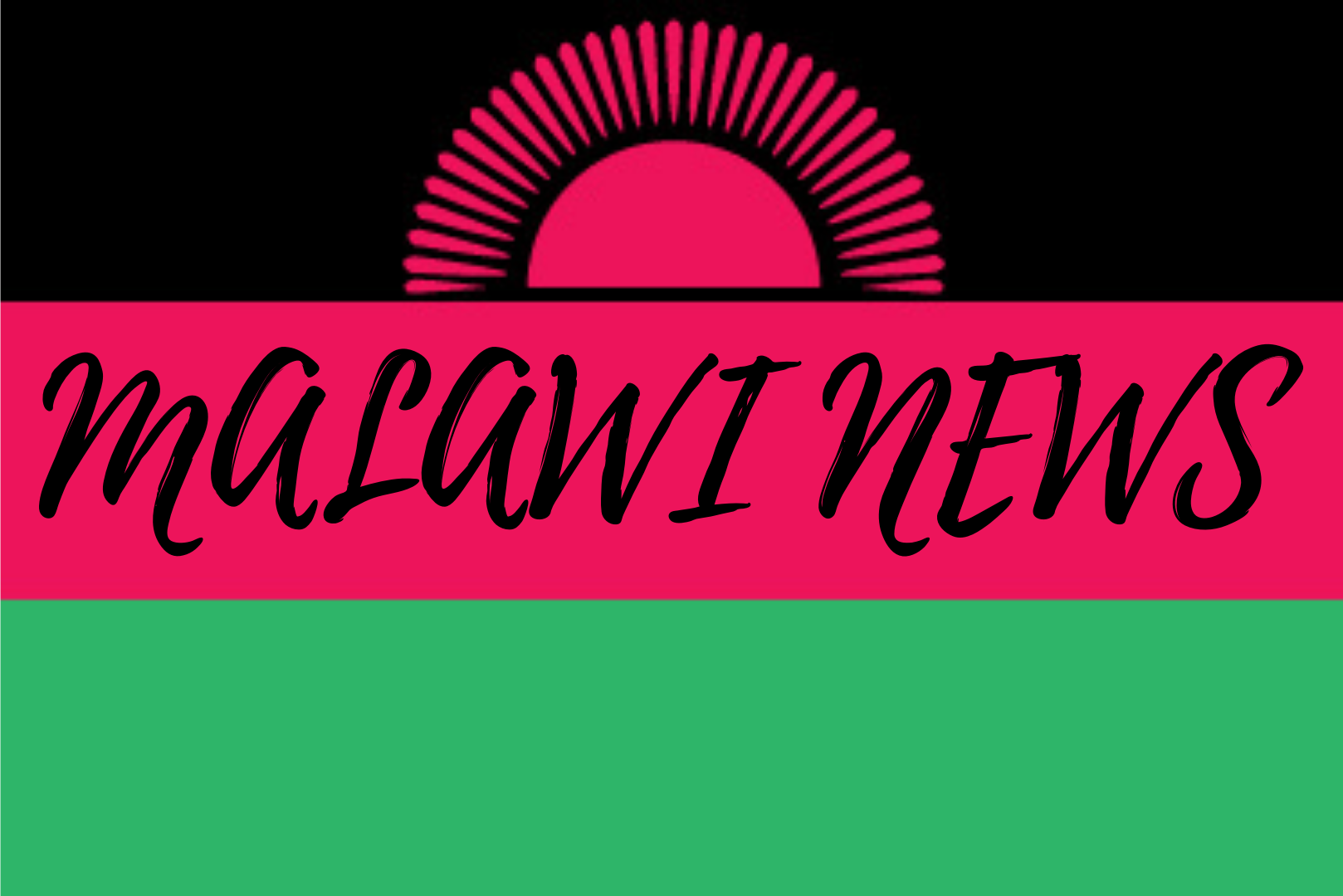President Lazarus Chakwera has hinted that the local economy may have grown by 3 percent in 2021, an estimate that is slightly higher than that of the two Britton Woods institutions; the International Monetary Fund (IMF) and World Bank.
Chakwera said this in Parliament Thursday when he delivered a State of the Nation Address titled ‘Fixing the Systems to Deliver Long- Term Priorities and Diffuse Short-Term Pressures’.
The President said the economy is estimated to have grown by 3 percent, up from 0.8 percent in 2020 on the back of the Affordable Inputs Programme (AIP) which boosted growth of the agricultural sector.
He also touted improved energy production following the commissioning of a solar farm in Salima and the rehabilitation of Tedzani Power Station and Nkula Power Plant that boosted manufacturing and irrigation activities coupled with interventions to contain the spread of Covid.
“I am the first to admit that the cost of living has gone up, which is reflected in the jump in annual average inflation from 8.6 percent in 2020 to 9.3 percent in 2021. But this rise originated from the increase in the landed cost of fuel following the rise in global demand as economies began to rebound.
“The weakening of the Malawi Kwacha against major trading currencies like the United States Dollar, as a result of reduced export proceeds and drying taps of donor assistance, also contributed significantly to the rise in average annual inflation. Additional factors creating inflationary pressures are supply chain related, such as long queues of containers of goods waiting to unload, shortage of labour and lack of critical inputs for most products,” Chakwera said.
But a recent Annual Economic Report published by Nico Asset Managers shows that the IMF and World Bank, respectively, estimates a 2.2 percent and 2.8 percent growth for 2021.
In an interview Thursday, Economics Association of Malawi Executive Director Frank Chikuta said it was necessary to wait for the actual figures from the government.
“The growth estimate mentioned by the President speaks to agriculture production only. As you may recall, we had a bumper harvest in the 2020-21 season but the other variables’ impact on growth is not quite direct, issues of inflation, exchange rate; so, if you look at the agriculture perspective, it speaks to that level of growth,” Chikuta said.
Malawi University of Business and Applied Sciences based economist Betchani Tcheleni believes while the pandemic posed a great threat to economic growth due to disruptions in trade patterns, people devised ways of dealing with it.
“We exported products that were raw and Covid affected different sectors of the industry. Therefore it is a realistic expectation that we can grow in the region of the said projections.
“For now, we have learnt to live with the pandemic and there are great promises for vaccines; so, it is very likely that in 2022 economies will get back to normal and trade patterns will be restored,” Tchereni said.
Late last year, Chakwera launched a two-year economic recovery plan describing it as a foundation for turning around the economy.
However, the local economy continues to be troubled by rising inflation, a depreciating Kwacha, shortage of foreign currency and rising commodity prices.
Let us know what you think of this article and remember to add us on our facebook and follow us on our twitter. Come back daily for more Malawi business news.
Quick Links: Download Business eBooks | Ten Signs You Are An Entrepreneur | What is a Managing Director?
The post Disparities in 2021 growth projections appeared first on Business Malawi.
 Moni Malawi
Moni Malawi 